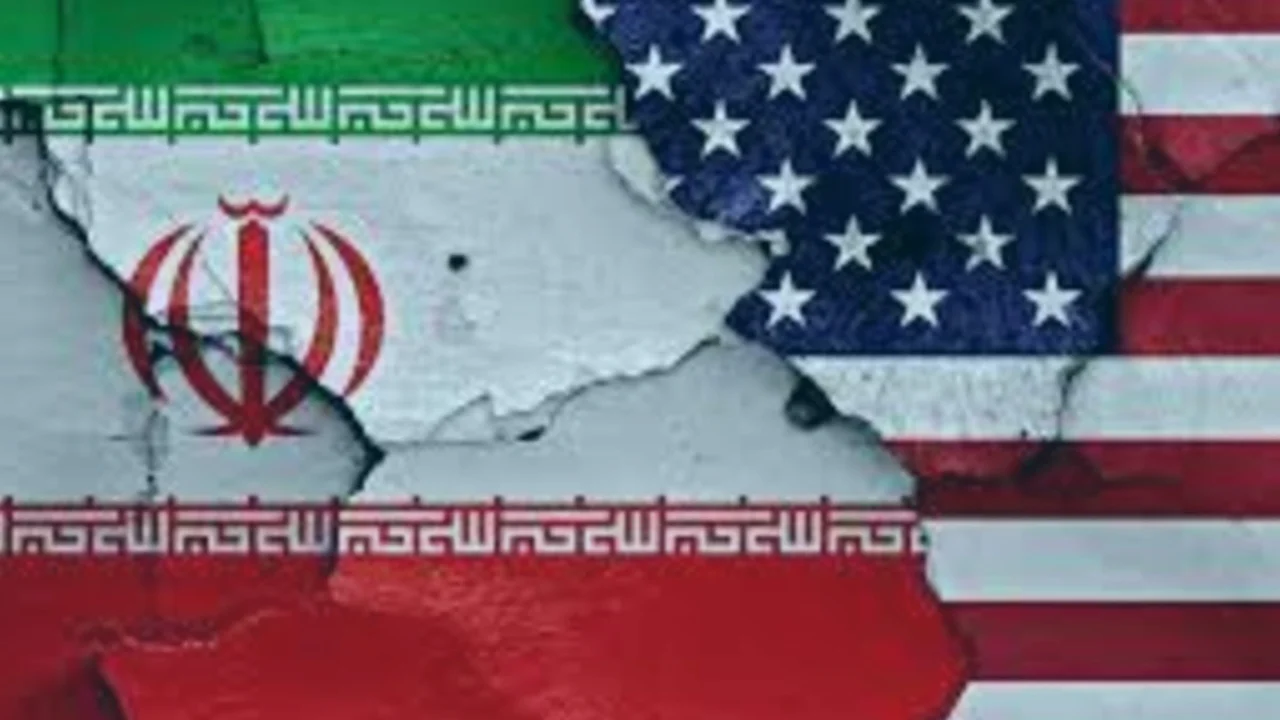How the U.S. Energy Transition Diminished Iran’s Long-Term Negotiating Power
In terms of energy security, the United States and Iran have moved in opposite directions in the past 18 years. In its move toward LNG self sufficiency, the United States has transformed itself from a major importer to a net exporter, while Iran’s stagnating infrastructure and inability to sell freely to world markets has left it struggling to meet the energy needs of its own people, as well as its few remaining customers.
In the autumn of 2005, the new hardline president of Iran, Mahmoud Ahmadinejad, was moving away from the reformist agenda of his predecessor, President Mohammad Khatami. Soon after, international oil companies started to leave Iran and foreign direct investment in Iran’s energy sector began to drop. In the same year, the United States was moving slowly towards energy independence. In that period, the US was seen as the major market for LNG producers and several projects were being developed to build LNG (Liquified Natural Gas) import facilities across the country. Fifteen years later, the US has become one of the largest LNG producers and the main supplier of LNG to Europe, filling the recent void on European Union gas markets created by the bloc’s sanctions on Russian gas exports.
Figure 1 shows that in 2005, the US was importing more than 30% of its energy requirements.
Chart link
At that time, the US was vulnerable to Ahmadinejad’s firebrand politics and was reluctant to aggravate Russia, as it was highly dependent on the oil and gas supplies from the Middle East and Russia. In the subsequent decade, while the Islamic Republic spent a fortune on building a nuclear power plant, which today provides less than 1% of Iran’s power generation (see IOD article on Iran’s nuclear industry), the US spent those years fortifying its oil & gas production capacity. Figure 2 also shows how the US has reduced its reliance on imported crude oil and petroleum products, and became a net exporter in 2020. (These days, American oil is sold as far away as Singapore and Sweden).
Chart link
This “energy independence” helps explain why US policymakers are unruffled by Iranian officials’ consistent threats to block the Strait of Hormoz, as well as by the current slowdown of Russian energy supplies.



